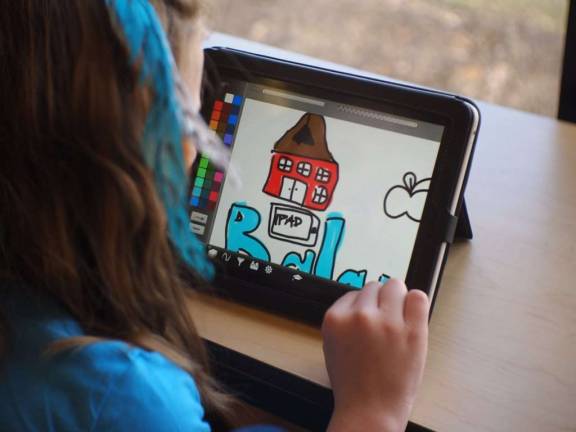picking the right school: 6 key questions

You have been checking the websites and talking to friends. Maybe you have even been on a conga line of parents snaking through a classroom on an overcrowded school tour. This much you know: choosing the right school for your child is an important decision. But in your quiet moments, you recognize that you have almost no objective criteria for making this decision.Here are six research-based tips for identifying what makes a “good” school.
What makes a good preschool?Good preschools do not look like scaled-down versions of fourth grade. Worksheets? Not a good sign. All learning should be embedded in play. That said, there should be plenty of emphasis on letters and their corresponding sounds (B makes the buh sound) and ample opportunities to speak and listen, as well as rhyme and sing. Crabby preschool teachers? Beware. Research shows that good preschool teachers take obvious pleasure in their young scholars.
How should I evaluate test scores?Choosing a school by test scores is like buying a car based on the color of its paint. There are better measures. A school that serves mixed-income children that has high tests scores may be doing a fantastic job, or cheating those students out of a good education. On your tour, ask this question: What has the school done to raise test scores for a subcategory of students in the last five years (say, English language learners, or children who are designated special education)? If the answer is “adding more test prep,” be wary. Questions on standardized test are pulled from the lower third of course material. Schools that align their course material with the tests are really dumbing it down.
What does a good reading program look like?There is a significant disconnect between how scientists know children learn to read and how children are taught to read in school. Word to the wise: Make sure your first-grade child gets a solid dose of that old Eisenhower bad-boy phonics.How fast you learn to read has nothing to do with how smart you are, but by the time children are in first grade, they should be making steady progress toward mastery. Ask this: What does the school do when a child is not reading at grade level? Correct answer: There should a rapid comprehensive intervention that helps them build basic decoding skills. Giving them another year of the same flawed instruction is not a strategy to create a class of good readers. After grade three, make sure there is plenty of reading going on in science, history, social studies and nonfiction, as well as fiction reading in English class.
What does a good math program look like?Math ability builds on math experiences. From the first day of preschool, children should be exposed to numbers and simple math concepts (greater than or less than, bigger or smaller) and algorithms (add and take away).A good elementary school math program (yes, I’m talking about you, Singapore math) helps children harness their innate sense of number, their mental math, to understand math concepts. Being able to compute quickly and accurately is a must, too.
A lot of schools boast about their educational technology. Is ed tech in preschool a good idea? And in general, how much screen time is too much in school?Technology has no place in the preschool classroom. Got it? Good. Preschool is about face to face contact and lots and lots of human interaction — speaking, listening, singing, playing. After third grade, there are some interesting math-based games that teachers might use so kids can practice arithmetic and math facts— but we’re talking like 15 minutes out of the entire school day. Despite all the relentless hype, research shows that technology in schools in the later years should be sparing at best — and is never a substitute or replacement for good classroom instruction. Thinking about signing your kid up to one of those tech driven high schools? Outcomes at those schools are unimpressive (at best.)
How much free play should I expect to see?The data is clear: All children need at least 20 minutes of recess a day to keep their focus and behavior in check. But more recess would be better. Rat studies show that rats that run on treadmills do better on rat-appropriate intelligence tests than the ones who lie around on cedar chips all day. Human studies show that physically fit children — especially ones with a high aerobic capacity — do better in school and in life.
A version of this story originally appeared on wnyc.org
Peg Tyre, a longtime education journalist and the recipient of the Spencer Fellowship for Education Journalism at Columbia University, is the author of “The Good School: How Smart Parents Get Their Kids the Education They Deserve” (Henry Holt) and “The Trouble With Boys: A Surprising Report Card on Our Sons, Their Problems at School, and What Parents and Educators Must do” (Crown).